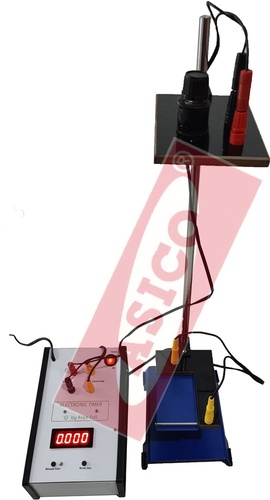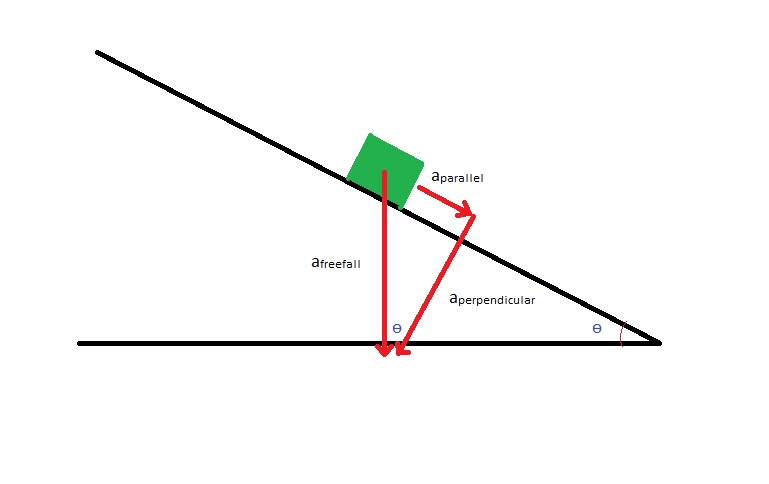
This study may provide undergraduate lab instructors with an efficient teaching technique for a traditional classroom experiment. In this experiment a ball is dropped from an electromagnet or other mechanism onto a.
#MEASURING THE ACCELERATION DUE TO GRAVITY LAB FREE#
In addition to its accuracy, the proposed technique is safer and more economic than most of the other currently used setups to determine g in undergraduate teaching labs. To Measure Acceleration due to Gravity g using a Free Fall apparatus. By fitting recorded elapsed falling times to the well-known quadratic equation of motion under constant acceleration, an accurate value of the acceleration due to gravity of g = 9.8092 ± 0.0384 m s -2 is obtained. The explanation being that the electromagnet can retain some magnetism for a short time after being switched off. But I recall many moons ago being told to take the shortest value, not the average. The overall aim of the experiment is to calculate the value of the acceleration due to gravity, g This is done by measuring the time it takes for a ball. My textbook says to take the average time for a number of falls (keeping the height constant of course). The reflected IR intensity from a free-falling 0.19 m rod of equally spaced white stripes of 0.01 m is detected and sent to a digital oscilloscope to observe and record the falling time period of each stripe. I am measuring the acceleration due to gravity in the lab with an electromagnet apparatus. The precise measurement of time taken for an object to fall freely passing an infrared (IR) transceiver is utilized to deduce the acceleration due to gravity. Write a 200-word conclusion to comment on your results and identify ways to improve the experiment.In this paper, we present a new technique to study the dynamics of a free-falling object in a lab setting and to measure the acceleration due to gravity g using a simple and economic setup. Conduct a formal hypothesis test to show that the acceleration due to gravity is 9.81 m/s. What sample size is needed to be 998 confident that your result is accurate to within 0.02 m/s2 ? (5 points) f. The 95 percent confidence interval of the acceleration due to gravity. The 90 percent confidence interval of the period of your pendulum, (5 points) d. Describe this data set, using the terminology we have learned in this (5 points) COUrse. partner before selecting the points and beginning measurements. Answer the following questions within that file. to determine the value of g, the acceleration due to gravity in the lab. Record your raw data in an excel workbook. Repeat this process 15 times, recording your results to the nearest 100th of a second. A small ball, measuring tape, Stopwatch and calculator. To purpose of this lab is to measure the acceleration due to gravity g and to use g to find the Earth’s mass. This allows you to lower the relative error of human reaction time. In this lab we are going to measure the acceleration due to gravity and from that we can find the force due to gravity on any object setting at the surface of the earth. Using a timer, determine how long it takes for 5 complete swings.

Lift the pendulum to a starting angle of about 20 degrees or less (accuracy not that important). Take a picture of your pendulum and include it in the lab report.

The length of the pendulum is taken from where you will hold it to the center of mass. A pendulum consists of a piece of string (or a cord) that is attached to a mass at one end. Build a pendulum that is approximately 20-50 cm in length. the gravity field strength) T- period (time for one oscillation) 00 Experimental Procedure 1.

Transcribed image text: STAT-245 Lab #3 (Winter 2022) Measuring the Acceleration Due to Gravity Using a Simple Pendulum Period of a Pendulum The period of a pendulum can be found as: L T = 20 8 where L = length of the pendulum g = acceleration due to gravity (i.e.


 0 kommentar(er)
0 kommentar(er)
